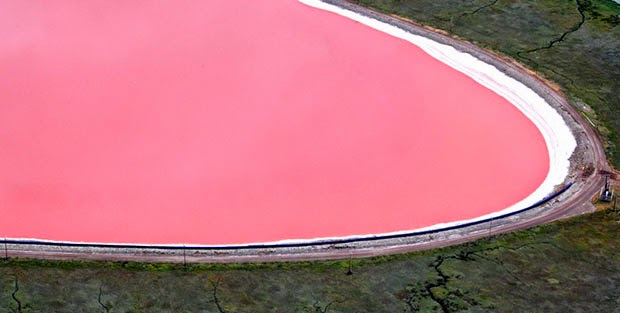Mauritius is an island nation in the Indian Ocean about 2,000 kilometers (1,200 miles) off the southeast coast of the African continent. Mauritius was first discovered by the Arabs in 975 AD, then by the Portuguese between 1507 and 1513. Since then there have been periods of succession and colonization among the French, Dutch and British. The island became a republic in 1968.
In the southwest end of the island one can find a fascinating illusion. When viewed from above, a runoff of sand and sediment deposits create the impression of a "cascade under water." View from satellite (as seen in the images of Google Maps) are equally dramatic, as an underwater vortex apparently appears on the coast of this tropical paradise.
Video about Underwater waterfall in Mauritius:
If you like the selection you can
share this on Facebook, Twitter or Google+

























